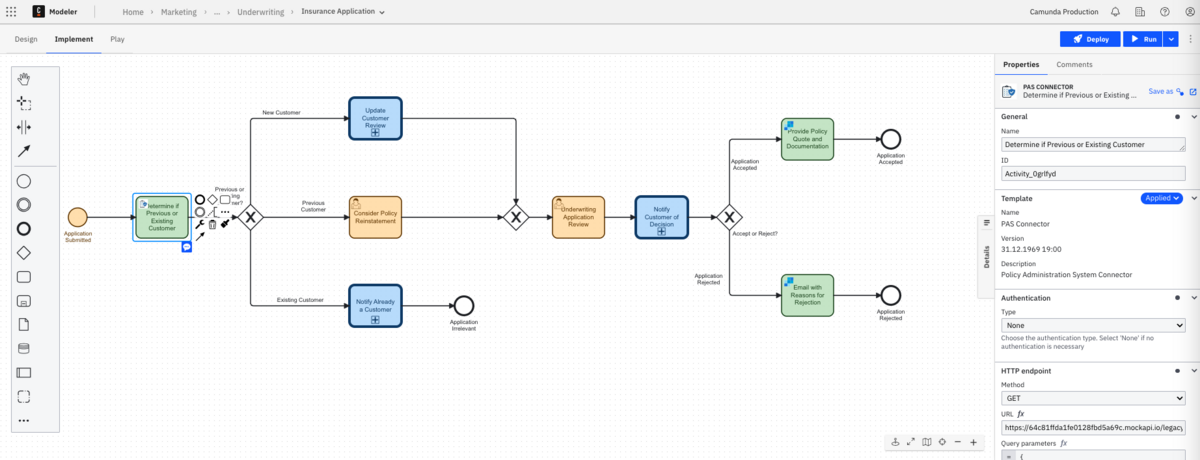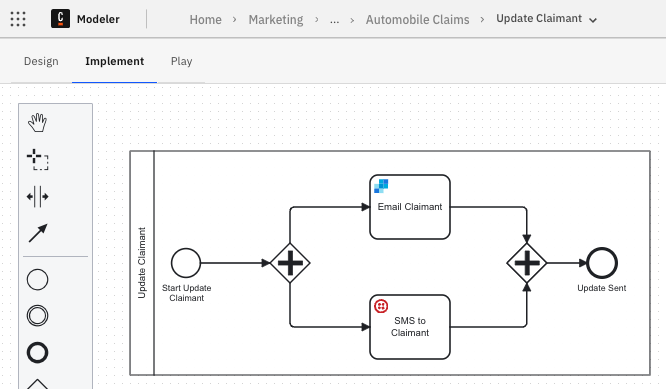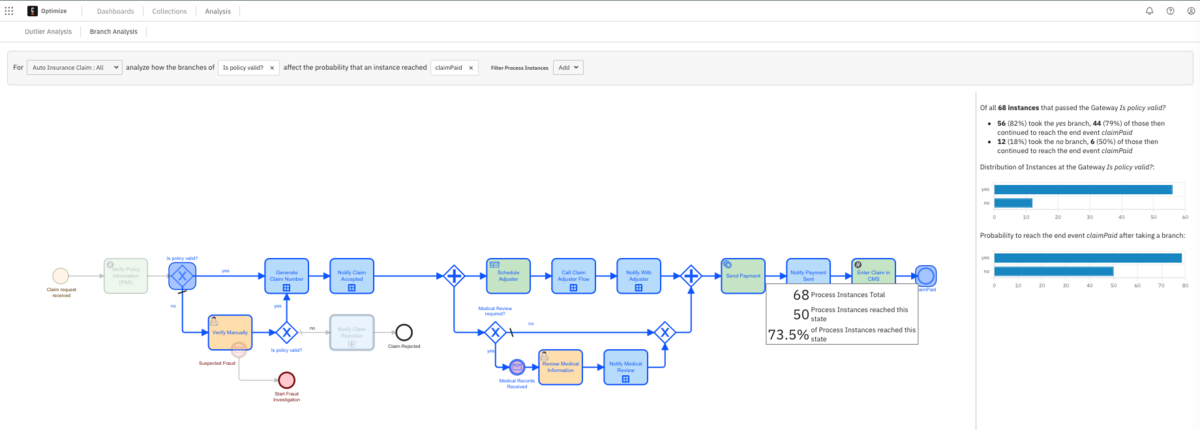Welcome to our third blog in our series on the Process Orchestration Maturity Model. Be sure to reach our first and second blogs in the series before reading this one to understand previous levels.
If you’ve gotten this far in our series, congratulations, your company has already started orchestrating processes and advanced beyond a single project and into broader IT initiatives. That gets you to Level 2. Now what does your organization need to do to achieve Level 3 of the Process Orchestration Maturity Model?
What is the Process Orchestration Maturity Model?
To recap, in this blog series we’ll be discussing how you can advance your process orchestration maturity to overcome business challenges and understand where to focus in the future. As companies begin to look at their automation goals, there are different factors and drivers that help them assess their maturity around process orchestration.
This is the third post in the series. You can find the first post here and the second post here.
Process Orchestration Maturity Model drivers review
Before we dive into Level 3, let’s review the drivers for the Process Orchestration Maturity Model so that we can apply them to the discussion. The drivers are described below:

What is the awareness of process orchestration as a distinct competency in the organization? Why does it matter to the organization?

What goals are the organization trying to achieve through its process orchestration practice?

Who defines the standards and policies for how process orchestration should be used? Who is responsible for implementing these changes?

How does the organization define process orchestration success? How capable is the organization at tracking that success?

What technology philosophies, platforms, and solutions power the organization’s process orchestration efforts?
Level 3 and distributed adoption within your organization
With Level 3, the organization begins to address processes outside of a single organization. The lessons learned in Level 2 and the assets created will help to build a Center of Excellence (CoE) with repeatability and the reuse of assets for additional models.

If you map your current organization’s status against the five maturity drivers, it might look something like this as you position for Level 3:

Your company is evolving towards process orchestration supporting organization-wide digital transformation.

Process orchestration is driving strategic business outcomes—at scale and at a rapid pace within the organization.

Your IT team may have implemented a Center of Excellence (CoE) model or distributed team.

Your organization is starting to explore broader process orchestration KPIs.

Your company is enabling multiple teams to build process orchestration solutions at scale.
With Level 3, your organization can now begin to see the fruits of your efforts with a clearer view of KPIs and metrics. You have built a solid foundation and now can expand that within the organization at a rapid pace. The success at Level 2 combined with the reuse of information and standards will help you to build a Center of Excellence for your organization.
Let’s take another peak at Camundanzia Insurance and see where they are currently as it relates to the maturity model.
What Level 3 for Camundanzia Insurance looks like
Camundanzia implemented several Connectors in their last version of the automobile claim process. These Connectors can be reused in multiple processes as they expand the adoption of process orchestration within the company.
For example, there is a REST Connector that has been used to verify policy information in their Policy Administration System. Camundazia has saved this Connector so that it can be reused where possible.

This “new” PAS Connector is important to additional processes besides just automobile claims processing:
- New insurance applications
In this case, Camundanzia needs to confirm that the applicant doesn’t already have a policy with them. In addition, verification is required to determine if they were a previous customer in good standing.
- Policy Modifications
There may be policy changes—like names, addresses, vehicle changes, etc. Camundanzia must verify the policy in these situations before making any appropriate changes.
Reuse of Connectors is very valuable and Camundanzia is taking advantage of secrets in this level of the maturity model. With this feature, you can create secrets which hold the Connector keys allowing you to reference them within various processes without exposing the sensitive information—or requiring your teams to know all these values.

Camundanzia has also created several call activities (reusable subprocesses) that were used in the automobile claim process that also can be utilized in more processes within the organization. The first one that is key is the notification of our customers. Keeping customers informed is a company initiative at Camundanzia Insurance and by implementing a reusable subprocess, Camundanzia can use this in any processes within the organization where updates are appropriate.
In the original automobile claim process, the claimant is updated several times as shown below by the highlighted Call activities.

The “Update Claimant” subprocess provides the ability to update the claimant via SMS and email.

As shown previously in the policy modification and new insurance application processes, this notification subprocess has many uses within the organization. Reuse like this allows analysts and developers to share standard processes and reduce development time, allowing them to focus on new functionality.
With these additional updates, Camundanzia can continue to focus on the fine tuning of reports and dashboards to increase the insight into their processes. For example, with branch analysis, Camundanzia can review different paths in the process to determine where improvements can be made.

These changes place Camundanzia in a great position to achieve the next level, Level 4, of the process orchestration maturity model.
Stay tuned for Level 4
Distributed adoption progresses an organization to Level 3 in the Process Orchestration Maturity Model. Be sure to finish reading about process orchestration maturity by checking out our final blog on achieving Level 4.
If you want to read more about this topic, please check out this webpage.
You can also review the webinar: Process Orchestration Maturity: A Practical Journey to hear about all levels and examples.


Start the discussion at forum.camunda.io